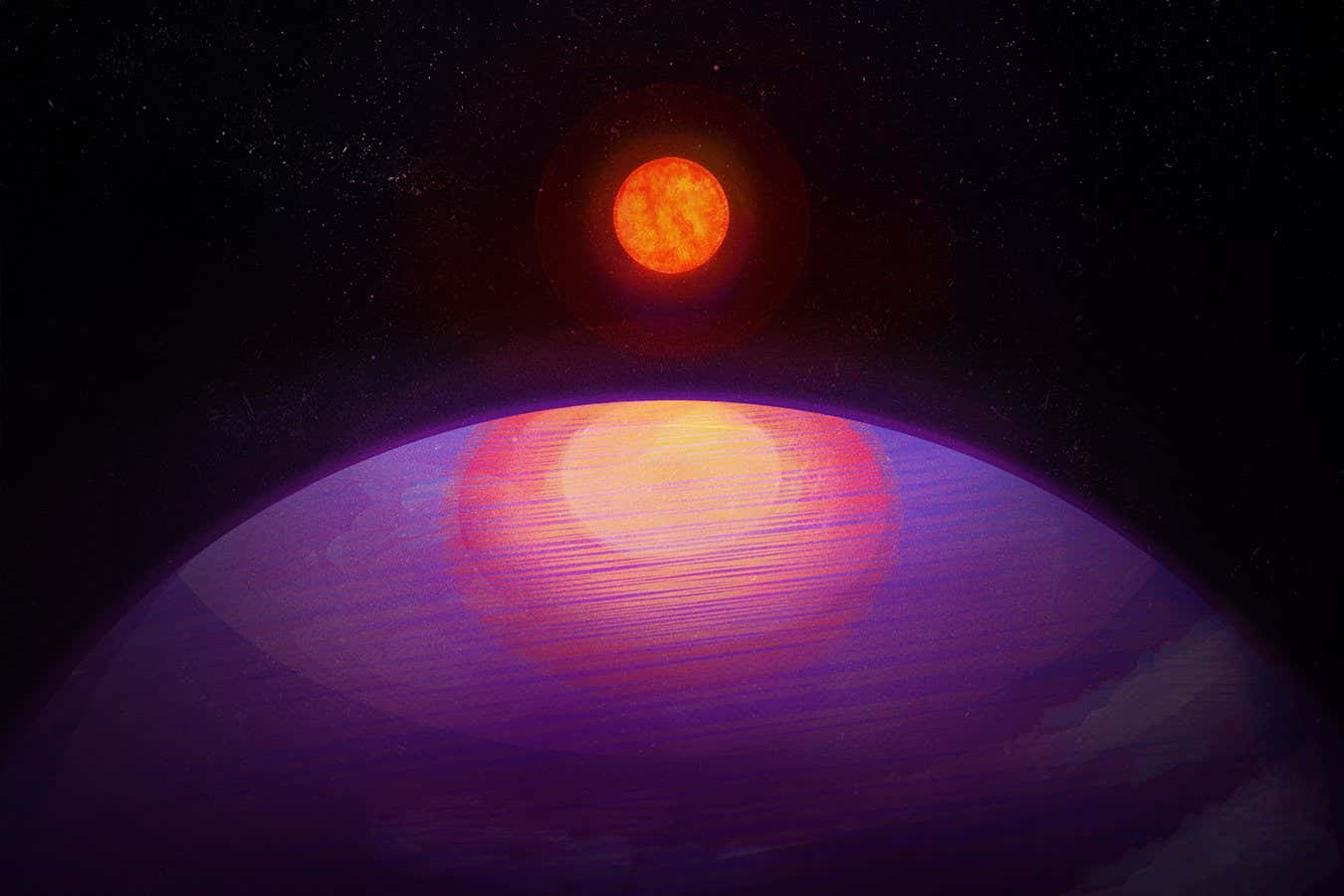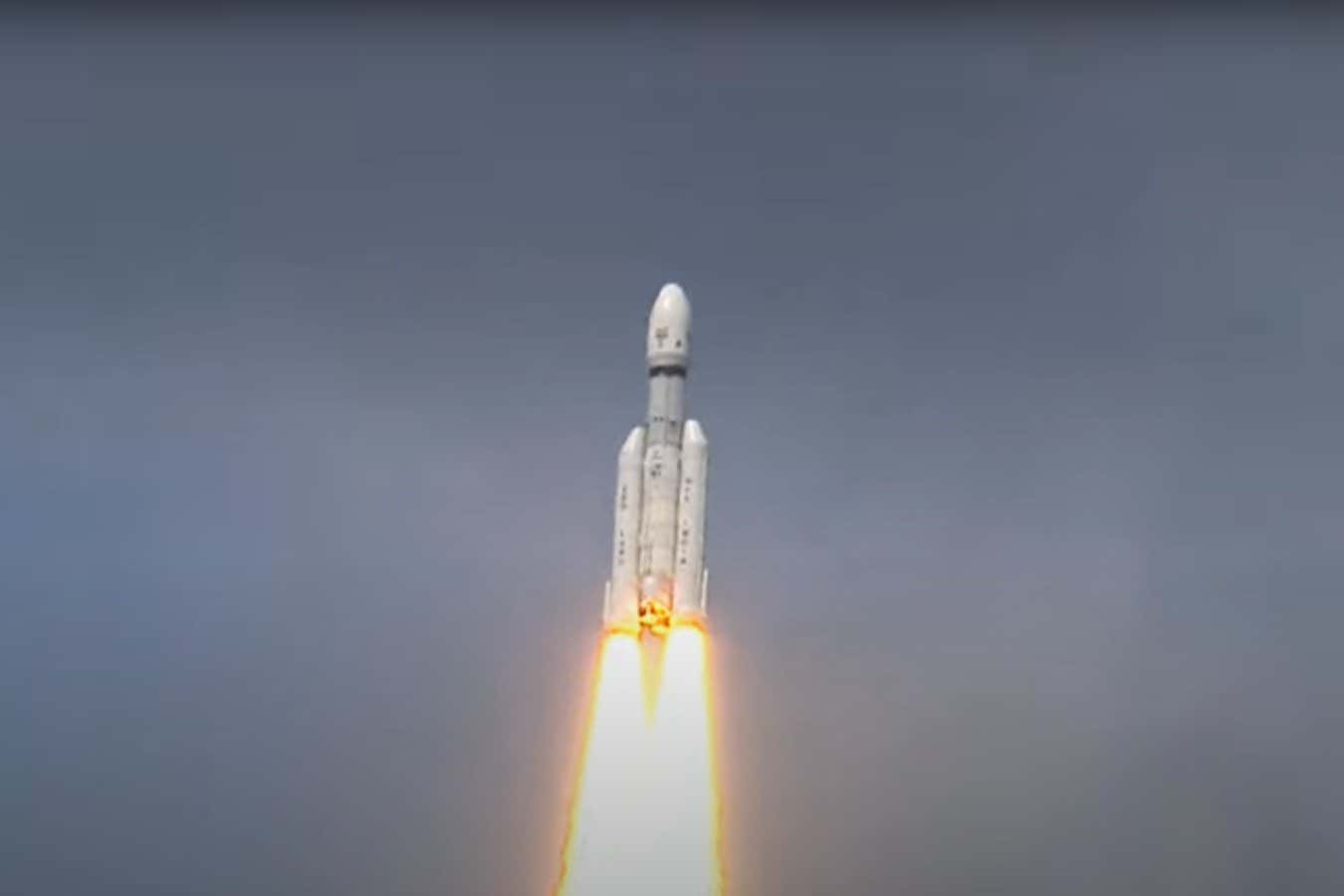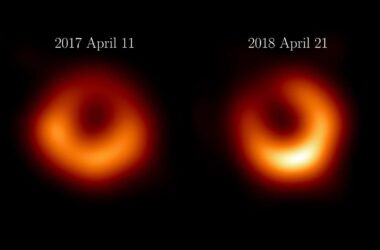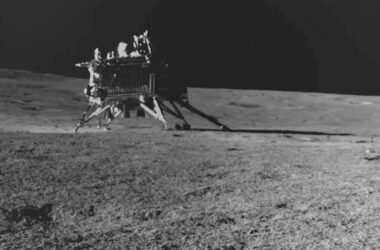An astonishing find might challenge our current understanding of planet formation. Astronomers have detected a planet that is over 13 times the mass of Earth, orbiting a star that is merely nine times less massive than the sun. This discovery contradicts our existing theories about how planets are formed.
Researchers led by Suvrath Mahadevan at Pennsylvania State University identified this peculiar world, known as LHS 3154b, using the radial velocity method. This method involves observing subtle changes in a star’s position caused by the gravitational pull of an orbiting planet.
According to their observations, LHS 3154b completes an orbit around its star, named LHS 3154 and located approximately 51 light years from Earth, every 3.7 Earth days. The planet’s remarkably large mass came as a surprise. Mahadevan remarked, “At such proximity, we have never encountered anything like this before. We didn’t expect a small star like this to have such a massive planet.”
Conventionally, planets are believed to form through two primary processes: the rapid collapse of a protoplanetary dust and gas disc around a young star, or the gradual accretion of smaller rocks over an extended period. The team conducted numerous simulations with small stars and observed discs, but none produced a planet resembling LHS 3154b.
Mahadevan stated, “With a standard disc, neither of our planet formation models appear capable of producing this planet. Therefore, this disc may have been significantly larger than anticipated.” When the researchers repeated the simulations with discs containing ten times more solid material, massive planets with short orbits emerged.
Although extensive protoplanetary discs have been sporadically observed around larger stars, none have been detected around small stars similar to LHS 3154. The origin of such a vast disc around a diminutive star remains unclear, challenging researchers to reconsider the fundamental stages of planet formation.
Insights
This discovery challenges the conventional understanding of planet formation. The presence of a massive planet orbiting a small star contradicts existing theories and suggests the need for a reevaluation of the processes involved in planetary genesis. The likelihood of a significantly larger protoplanetary disc around the star than previously assumed raises intriguing questions about the early stages of planet formation.








